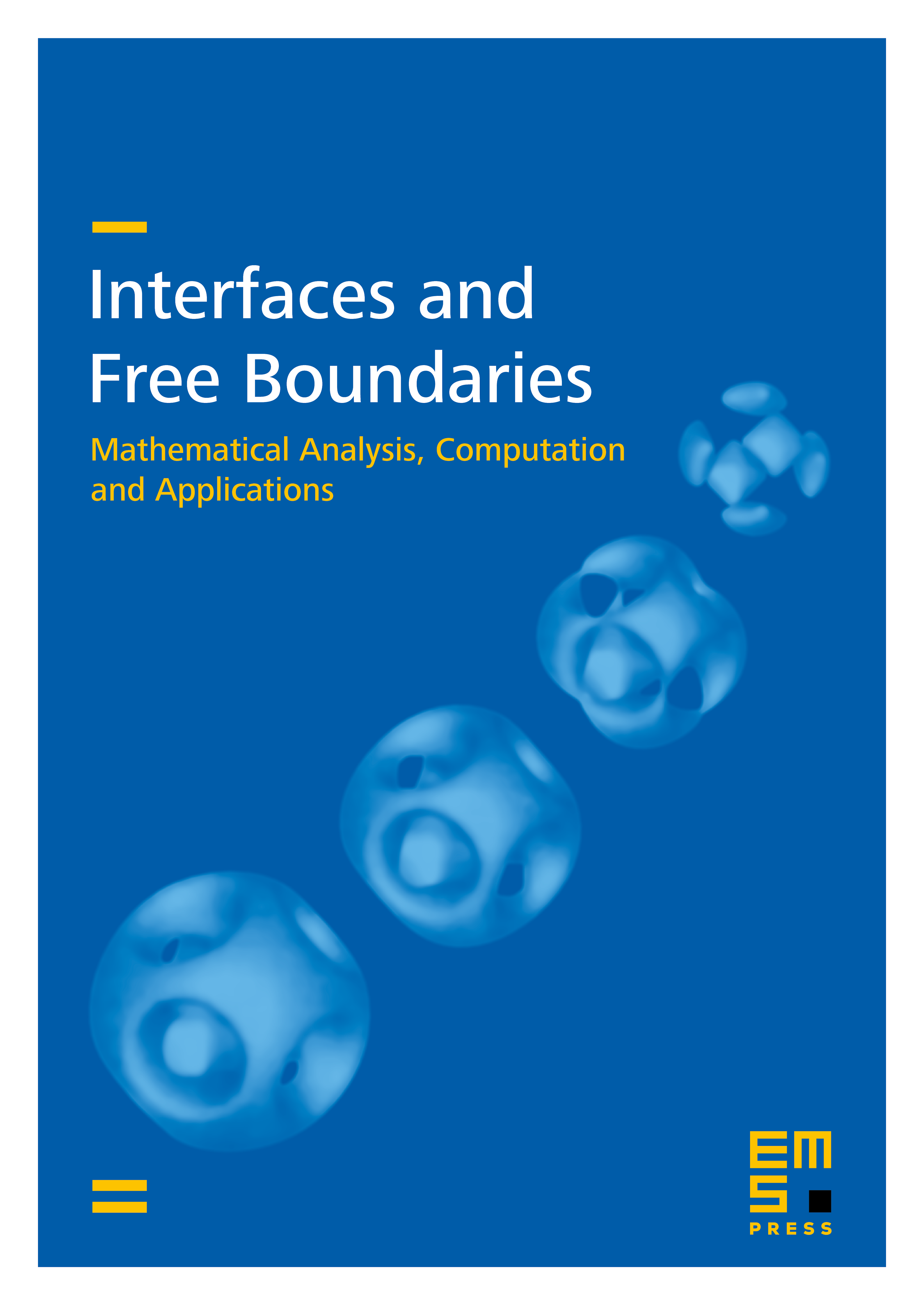Embeddedness of liquid-vapour interfaces in stable equilibrium
Costante Bellettini
University College London, UK

Abstract
We consider a classical (capillary) model for a one-phase liquid in equilibrium. The liquid (e.g., water) is subject to a volume constraint, it does not mix with the surrounding vapour (e.g., air), it may come into contact with solid supports (e.g., a container), and it is subject to the action of an analytic potential field (e.g., gravity). The region occupied by the liquid is described as a set of locally finite perimeter (Caccioppoli set) in ; no a priori regularity assumption is made on its boundary. The (twofold) scope in this note is to propose a weakest possible set of mathematical assumptions that sensibly describe a condition of stable equilibrium for the liquid-vapour interface (the capillary surface), and to infer from those that this interface is a smoothly embedded analytic surface. (The liquid-solid-vapour junction, or free boundary, can be present but is not analysed here.) The result relies fundamentally on the recent varifold regularity theory developed by the author and Wickramasekera, and on the identification of a suitable formulation of the stability condition.
Cite this article
Costante Bellettini, Embeddedness of liquid-vapour interfaces in stable equilibrium. Interfaces Free Bound. 25 (2023), no. 4, pp. 525–566
DOI 10.4171/IFB/490